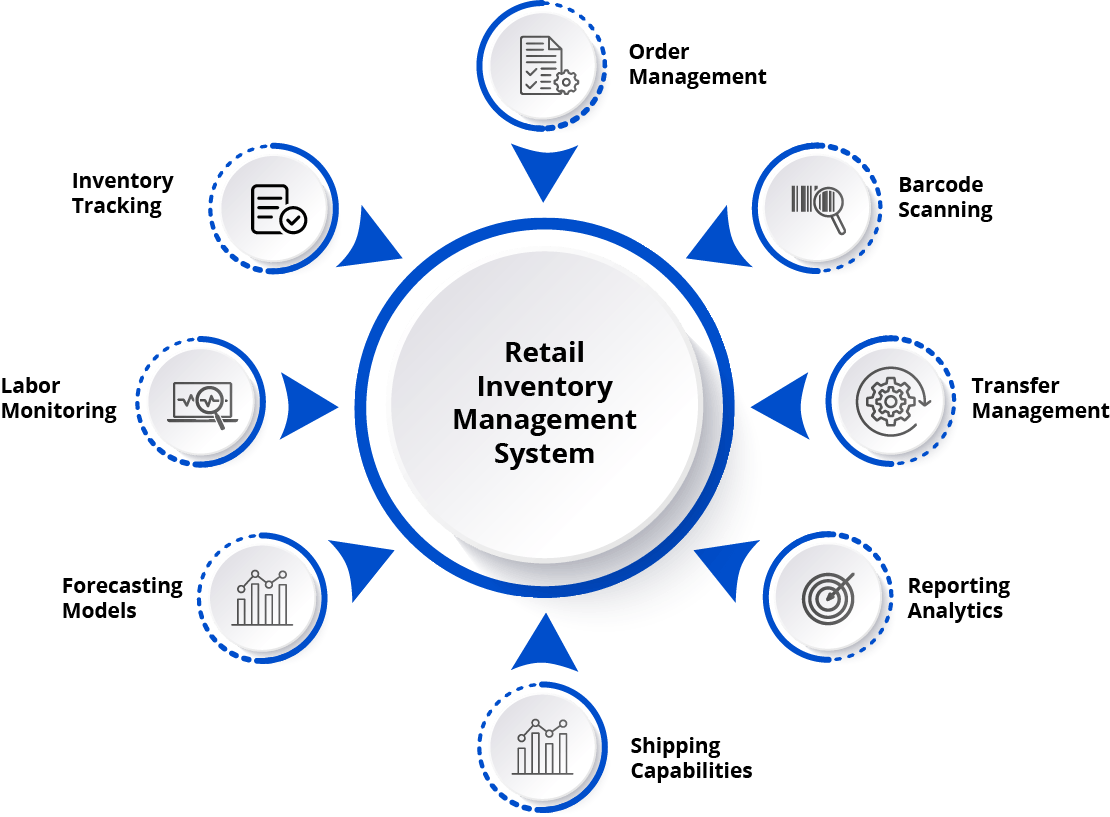Inventory management systems are designed to anticipate customer demand and product availability. While many inventory management systems can adapt to variations in customer demands, they often need help to deal with unanticipated spikes in consumer interest.
To ensure that your retail inventory management system is ready for the future, it's important that you have a system that can identify and track consumer trends and adjust accordingly.
Data-driven forecasting tools help retailers determine when product inventories need replenishment based on when customers will buy them. These predictive analytics ensure that products are available when they're needed most. Data analytics gives retailers key insights into customer preferences, competitive pricing practices, and seasonal trends in product purchases.
When applied strategically, these insights enable companies to make proactive decisions about inventory levels and product mix to satisfy customers by maintaining product availability on store shelves.
Without these types of analytics, it takes too long for retailers to adjust supply levels when needed, leading to lost sales due to out-of-stock issues. Retailers need solutions that simplify their operations and make them more productive.
In one case, our Information Analytics team overhauled a company’s inventory management system across 20,000+ stores worldwide. The advanced analytics solution provided by our team reduced costs, saved time, and reduced retail product waste.





